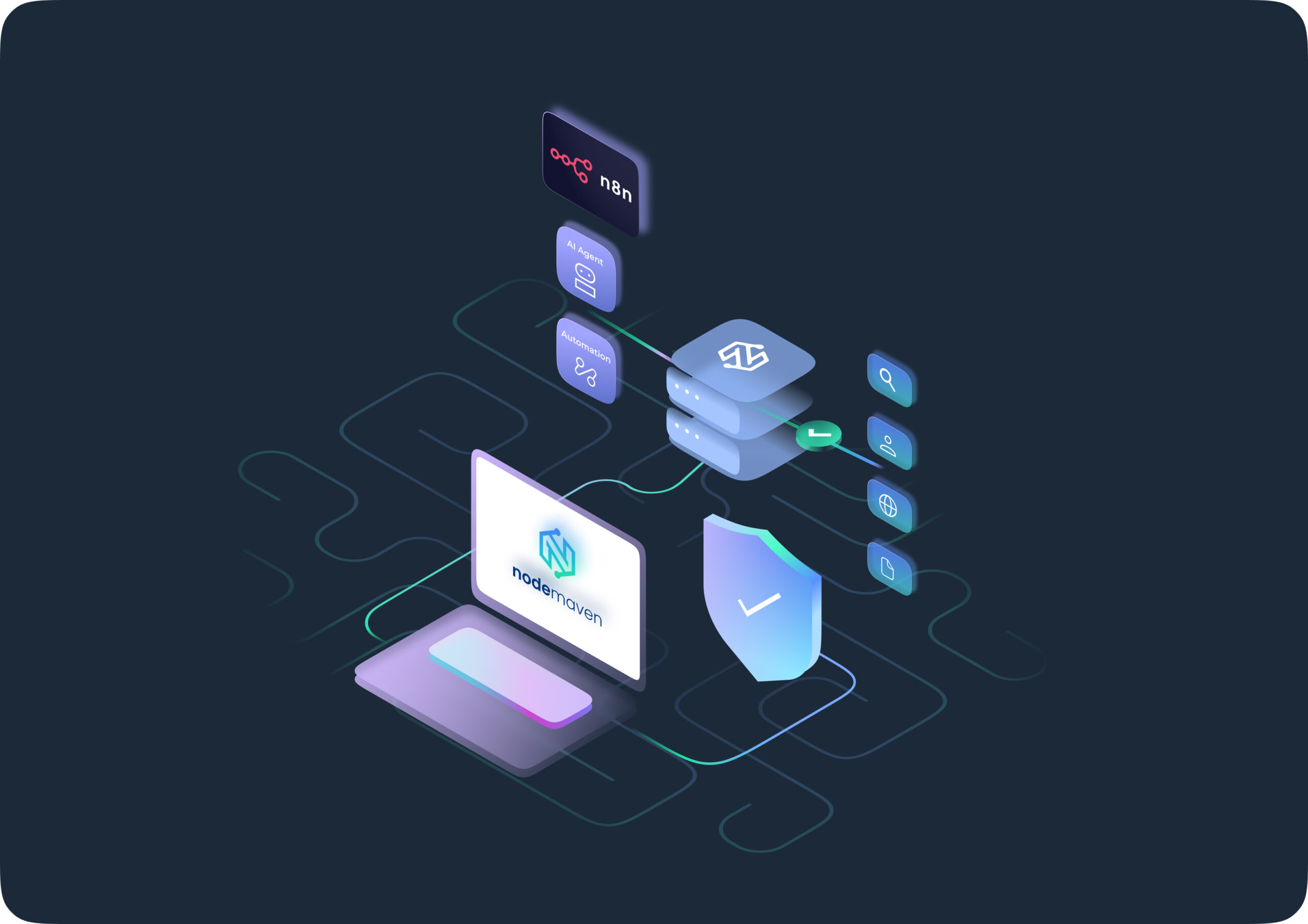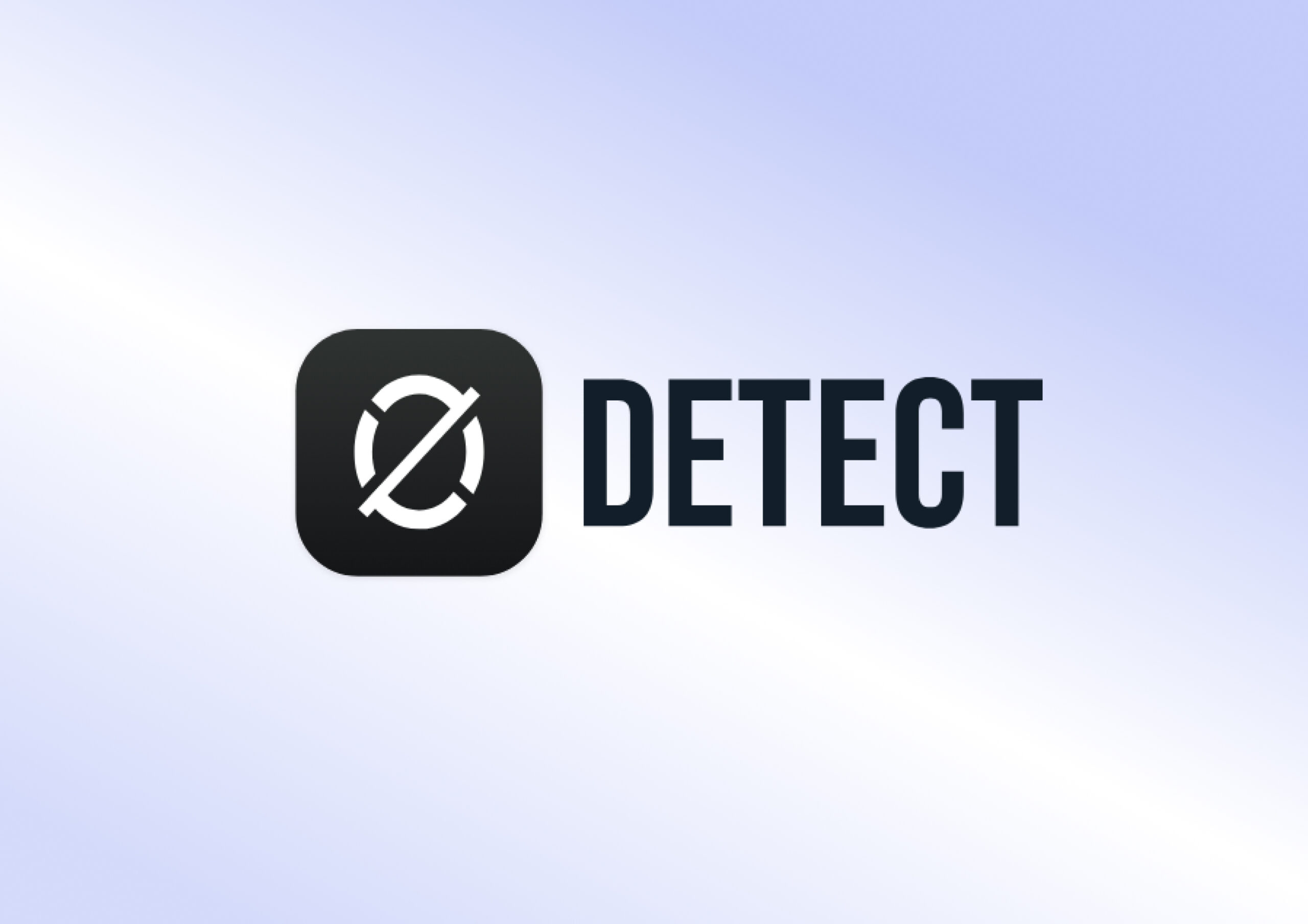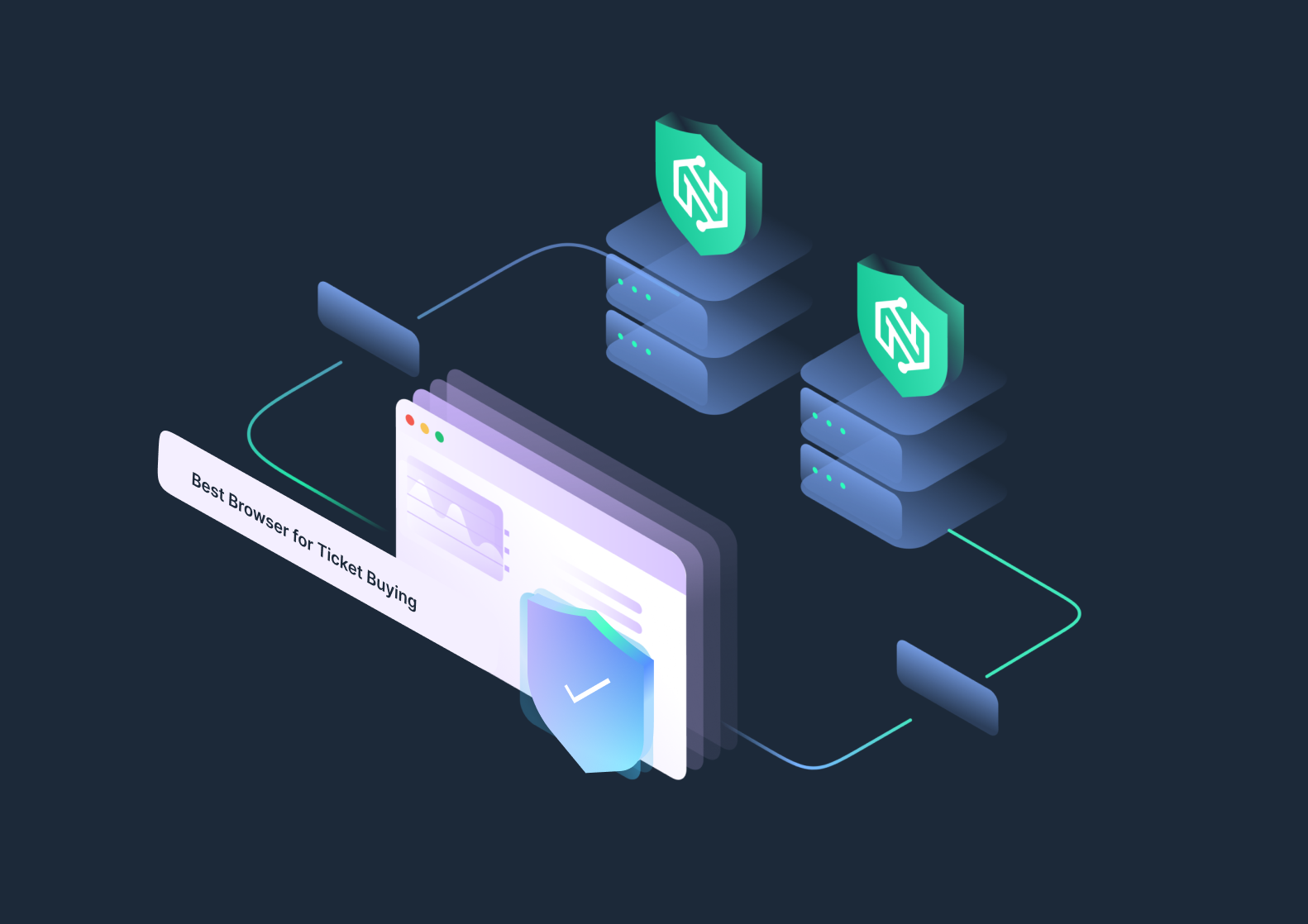Lead generation is the backbone of any successful sales or marketing campaign, but traditional methods can be time-consuming and inconsistent. Enter lead scraping — a modern solution for gathering qualified leads from the vast landscape of the web.
In this guide, we’ll break down everything you need to know about lead scraping, how cloud based web scraping is revolutionizing the process, and the tools that can help you do it more effectively.
What Is Lead Scraping?
Lead scraping is the automated process of extracting contact information and other relevant data from websites, directories, and social platforms.
Instead of manually collecting emails, phone numbers, or company details, you use specialized tools or cloud based web scraping services to gather this data at scale.
How Lead Scraping Differs from Traditional Lead Generation?
Traditional lead generation often involves methods like cold calling, manual list building, and form-based data collection. In contrast, lead scraping leverages automation and artificial intelligence to extract data quickly and with greater accuracy.
While traditional methods can still be effective, web scraping cloud platforms significantly increase speed and reduce human error, especially when dealing with large datasets.
Common Use Cases for Lead Scraping
Lead scraping can benefit various industries and teams by helping identify and engage with potential prospects faster.
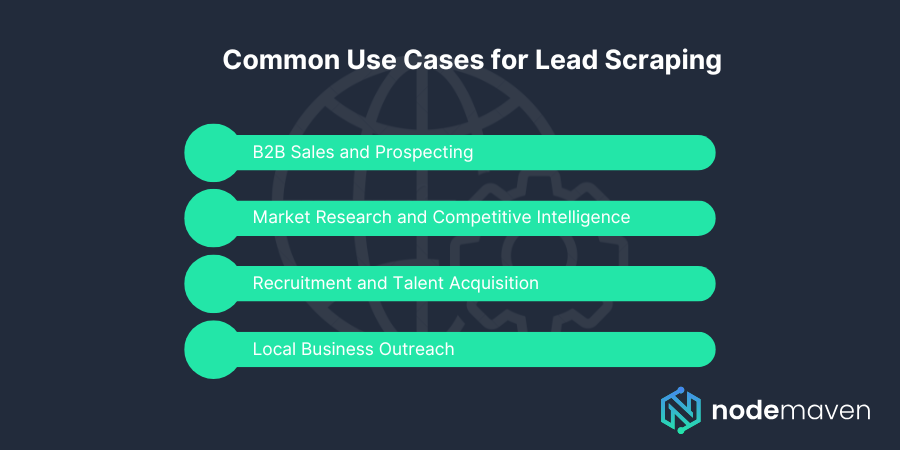
B2B Sales and Prospecting
Sales teams use lead scraping to collect email addresses, job titles, and company information from platforms like LinkedIn or company websites. This allows for targeted outreach at scale and helps build robust sales pipelines.
Market Research and Competitive Intelligence
Marketers can use scraping tools to gather data on competitors, pricing trends, customer reviews, or product listings. This provides a strategic edge when planning campaigns or entering new markets.
Recruitment and Talent Acquisition
Hiring teams and recruiters use lead scraping to extract resumes, contact details, and work histories from job boards and professional networks. This helps source passive candidates and fill roles faster.
Local Business Outreach
Local service providers or agencies can scrape directories like Yelp or Yellow Pages to find small businesses, gather contact info, and initiate outreach campaigns for services like SEO, design, or printing.
How Does Lead Scraping Work?
Cloud based web scraping tools and APIs make it easy to set up a workflow for automated lead extraction.
Identify Your Target Audience
Before scraping, you need to clearly define your target — this includes industry, job roles, locations, or company size. The more specific you are, the more relevant your scraped leads will be.
Test Out Different Tools
There are several cloud based web scraping tools available. Whether you’re using browser automation platforms or dedicated APIs, choose tools that support your needs — for example, some offer pre-built templates for LinkedIn or Google Maps scraping.
Collect and Organize
Once data is scraped, it’s typically saved in a spreadsheet or CRM. Some tools offer native integration with platforms like HubSpot or Salesforce, making data handoff smoother.
Reach Out
Use the contact information to launch outreach campaigns. Personalize your emails or LinkedIn messages for better engagement.
Follow Up
Following up with scraped leads is critical. Use email sequences or sales automation platforms to stay in touch and nurture responses.
Where Can You Scrape Leads?
Lead scraping opportunities are everywhere. Here are some common data sources:
- LinkedIn: Ideal for B2B data, job titles, and company connections.
- Company websites: For direct emails, phone numbers, and address info.
- Business directories: Platforms like Yelp, Crunchbase, and Yellow Pages.
- Forums and communities: Great for niche industries or local outreach.
- Social media: For public-facing profiles and engagement insights.
- Review sites: To find potential clients and competitors’ customers.
Benefits of Lead Scraping
Using web scraping cloud services for lead generation offers a number of benefits:
- Speed: Automates data collection that would otherwise take hours or days.
- Scale: Collect thousands of records in minutes using cloud based web scraping infrastructure.
- Accuracy: Reduces manual entry errors by directly extracting structured data.
- Targeting: Enables hyper-targeted prospecting by pulling specific filters.
- Cost-effective: Saves time and labor compared to hiring teams for manual research.
Challenges and How to Overcome Them
Despite the advantages, lead scraping does come with challenges:
- Anti-bot protections: Many websites implement CAPTCHAs or IP bans.
- Legal concerns: Always make sure you follow compliance with privacy regulations like GDPR or CCPA.
- Data freshness: Scraped data may become outdated quickly.
- Quality control: Not all scraped data will be clean or usable.
Solution:
Using a headless browser or a scraping browser API helps mimic human-like behavior, bypassing detection.
Additionally, leveraging residential proxies prevents IP bans and enhances reliability. Tools offering web scraping cloud infrastructure can automatically scale and manage this complexity.
Best Tools for Lead Scraping in 2025
Here’s a deep dive into some of the best web scraping tools for collecting leads effectively in 2025:
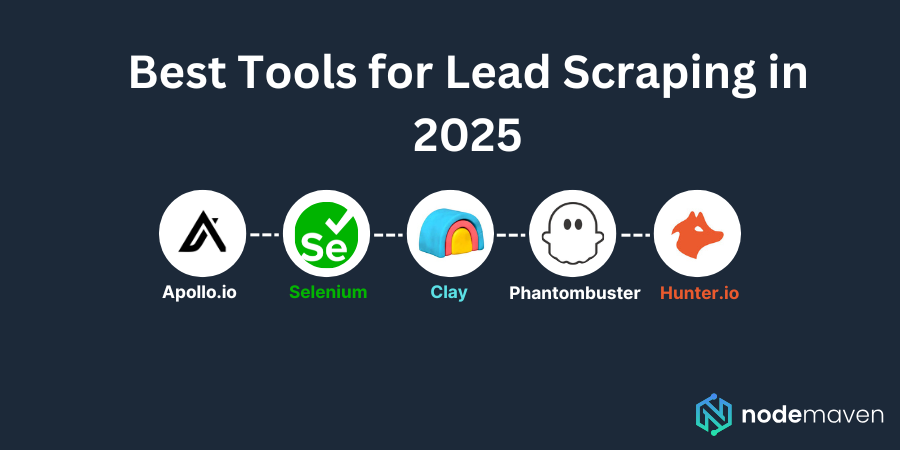
Apollo.io
Apollo is a B2B sales and engagement platform with built-in lead scraping and email discovery tools. It offers a massive contact database with verified emails and integrates smoothly with CRMs.
Pros:
- Clean UI with enrichment options
- Built-in email validation
- Outreach tools
Cons:
- Limited scraping flexibility beyond their own data
Hunter.io
Hunter focuses on discovering and verifying email addresses based on domain searches. It’s widely used by sales reps and outreach professionals.
Pros:
- Domain search and email finder
- High accuracy in validation
- Integrates with Google Sheets and CRM tools
Cons:
- Doesn’t extract additional profile info or custom fields
Phantombuster
A cloud based web scraping platform that automates actions across social networks and web apps. It offers dozens of pre-built workflows for lead generation.
Pros:
- Cloud-based automation
- Scalable scraping and actions
- Browser-like behavior for LinkedIn and Instagram
Cons:
- Slight learning curve for custom setups
Selenium
Selenium is an open-source browser automation tool that allows developers to control real browsers to mimic user behavior.
Though traditionally used for testing, it’s a favorite among developers for building custom scraping workflows, especially when dynamic content is involved.
Pros:
- Supports automation of complex, JavaScript-heavy websites
- Cross-browser and cross-platform support
- Open-source with a large community and wide documentation
- Integrates well with headless browsers like Chrome and Firefox
Cons:
- Slower than lightweight scrapers for large-scale jobs
- Requires programming knowledge (usually Python or Java)
- Needs external tools or infrastructure to scale (unless used with a web scraping cloud platform)
When paired with residential proxies and run in a cloud scraping environment, Selenium becomes a powerful part of a lead generation stack.
Clay
Clay combines scraping, enrichment, and email outreach automation. Great for dynamic campaigns with instant personalization.
Pros:
- All-in-one data to outreach
- Integrates with Google Sheets and CRMs
- Automated workflows
Cons:
- May lack depth in advanced scraping customizations
Supercharge Lead Scraping with NodeMaven
To get the most out of your lead scraping workflows, you need the right infrastructure.
That’s where NodeMaven comes in. Its scraping browser and residential proxies are built to support modern cloud based web scraping and help you bypass limitations many tools face.
Here’s how NodeMaven enhances your scraping process:
- Scraping Browser API with built-in anti-detection and fingerprinting
- Rotating Residential Proxies to avoid bans and access geo-restricted data
- Static Residential Proxies: For workflows that need consistent IP addresses
- Cloud-native scalability for handling large volumes of scraping tasks
- Absolute integration with scraping tools like Puppeteer, Playwright, or Selenium
- Supports session persistence and custom headers for stealth scraping
Whether you’re using a simple automation tool or building a fully custom scraping engine, NodeMaven’s scraping browser and proxy network are designed to supercharge your results.
Start scraping smarter, power your cloud based web scraping with NodeMaven.
